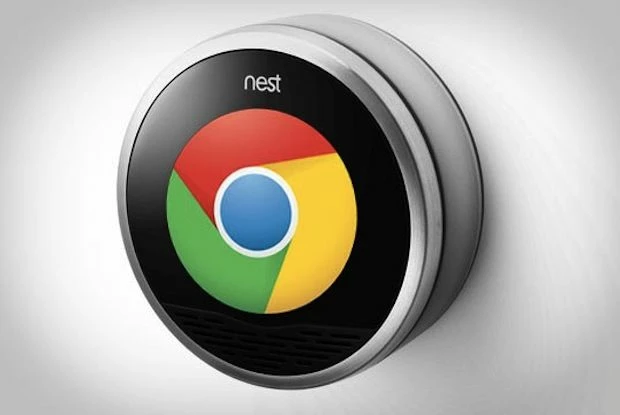
Partner Article
The internet of things: New challenges for CIOs
Multiple new challenges face chief information officers (CIOs) and network administrators now that users can access enterprise networks in diverse ways.
Striking a balance between modern infrastructure and cost control can be tricky. The recent purchase of Nest, a fast growth connected device startup, by Google for $3.2 billion, shows just how quickly the internet of things is becoming mainstream.
Not only is there the technical challenge of meeting these new requirements, but with any improvement to network functionality comes attached costs, which, in today’s fragile market, is more important than ever to keep low.
Growth without cost
More than ever before, a CIOs role includes focus towards business growth through customer acquisition and building brand loyalty.
IT leaders have a fantastic opportunity to strategically position their companies to take advantage of the economic recovery by offering improved user experiences throughout the whole customer journey.
Be this as it may, it is still incredibly important to work towards these goals with a lean approach, meaning that innovative low-cost solutions which utilize existing assets in new ways should be considered.
Operational complexity
The diversity in end-user technology and the change in user habits often means IT staff having to manage and coordinate multiple sets of policies for different parts of their network, which inevitably means multiple management tools and software.
Many organisations don’t have access to the policy and security resources needed to properly manage the mobile and BYOD (Bring Your Own Device) movement that’s currently sweeping through businesses of all sizes.
Managing aspects such as the way mobile devices interact with a wired enterprise network can be a challenge.
Vital infrastructure
However, this shift towards mobile devices and the increase in demand for wireless access doesn’t mean the wired network’s days are numbered – this infrastructure is still vital for things such as servers and storage.
With both network methodologies being important, there’s a degree of operational complexity as network administrators learn to manage disparate infrastructure and support the ever-growing ‘Internet Of Things’, as it’s come to be known.
This was posted in Bdaily's Members' News section by Alastair Yong .
Enjoy the read? Get Bdaily delivered.
Sign up to receive our popular morning National email for free.








 A year of growth, collaboration and impact
A year of growth, collaboration and impact
 2000 reasons for North East business positivity
2000 reasons for North East business positivity
 How to make your growth strategy deliver in 2026
How to make your growth strategy deliver in 2026
 Powering a new wave of regional screen indies
Powering a new wave of regional screen indies
 A new year and a new outlook for property scene
A new year and a new outlook for property scene
 Zero per cent - but maximum brand exposure
Zero per cent - but maximum brand exposure
 We don’t talk about money stress enough
We don’t talk about money stress enough
 A year of resilience, growth and collaboration
A year of resilience, growth and collaboration
 Apprenticeships: Lower standards risk safety
Apprenticeships: Lower standards risk safety
 Keeping it reel: Creating video in an authenticity era
Keeping it reel: Creating video in an authenticity era
 Budget: Creating a more vibrant market economy
Budget: Creating a more vibrant market economy
 Celebrating excellence and community support
Celebrating excellence and community support